Unify the collector's garden
douglasont
13 years ago
Related Stories
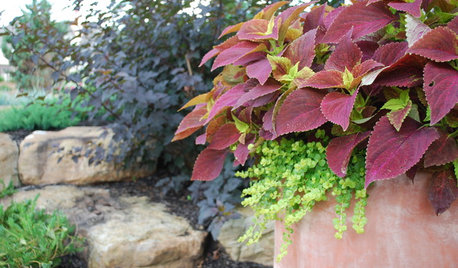
LANDSCAPE DESIGNUnify Your Garden With a Common Thread
Bring the areas of your garden together to give it a unique sense of place
Full Story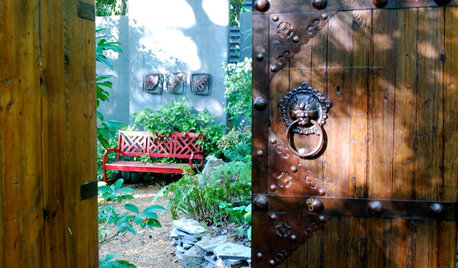
LANDSCAPE DESIGNExplore Your Garden Personality: The Collector
Abundant in plants, art or even oddball items? These principles can help you make sense of them in the landscape
Full Story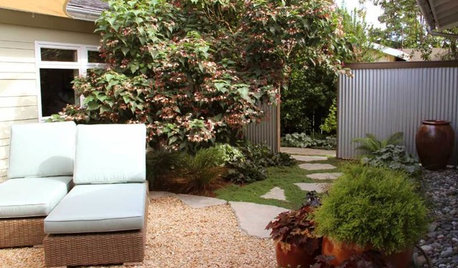
LANDSCAPE DESIGNUnifying and Beautifying a Washington Island Landscape
Overcrowding and style conflicts give way to thoughtful, unified gardens that better match the home
Full Story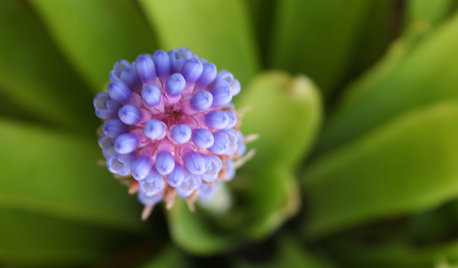
GARDENING GUIDESBromeliads: The Ultimate Collector’s Plants
Once you discover bromeliads’ exotic beauty, wide-ranging colors and intriguing patterns, you’ll never go back
Full Story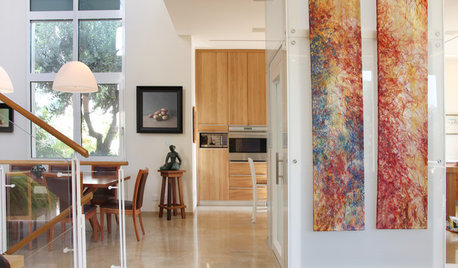
MY HOUZZMy Houzz: Fresh Start for an Art Collector in Tel Aviv
A homeowner rebuilds to suit her new life and make room for entertaining and creative endeavors
Full Story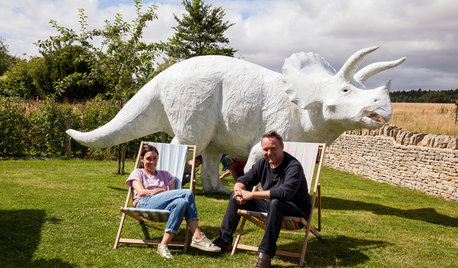
COLLECTIONSWorld of Design: 9 Cool Collectors and What They Keep at Home
Meet the people behind some museum-worthy assemblages — from a house of hats in Los Angeles to dinosaur art near London
Full Story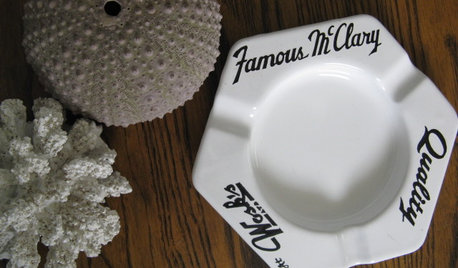
DECORATING GUIDESCreative Collector: Vintage Vessels
Great vintage vases and bottles can turn up in unlikely places. Here's where to find them and how best to display them back home
Full Story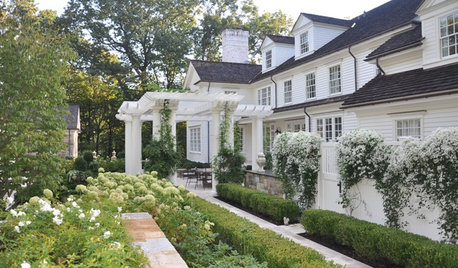
GARDENING GUIDESLay of the Landscape: Theme Gardens
Whether you're a collector, a romantic or a kid at heart, here's how to create a garden that reflects your unique interests
Full Story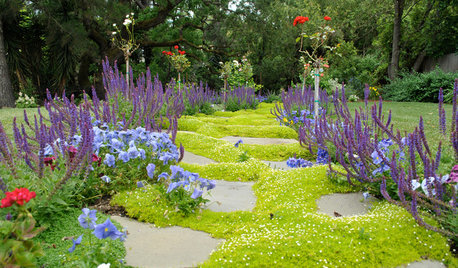
LANDSCAPE DESIGNExplore Your Garden Personality: The Whimsical Gardener
Begging exploration and drawing smiles, whimsical gardens make an art form of fun. Here’s how to keep them in balance
Full Story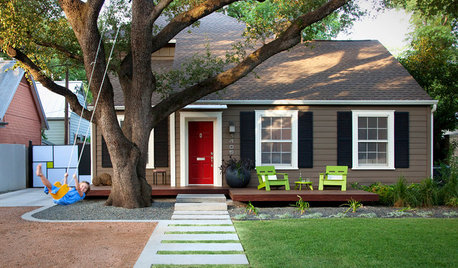
LANDSCAPE DESIGN6 Ways to Harmonize Different Home and Garden Styles
No need to play a matching game. Unify your landscape and architecture by creating links that tie them together
Full Story





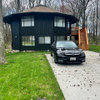
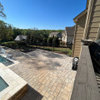


rhodium
mjsee
Related Professionals
Mitchellville Landscape Architects & Landscape Designers · North New Hyde Park Landscape Architects & Landscape Designers · Emmaus Landscape Contractors · Gainesville Landscape Contractors · New Cassel Landscape Contractors · Thornton Landscape Contractors · Wayland Landscape Contractors · Wheat Ridge Landscape Contractors · Shenandoah Landscape Contractors · Coronado Decks, Patios & Outdoor Enclosures · Ashburn Decks, Patios & Outdoor Enclosures · Honolulu Decks, Patios & Outdoor Enclosures · Huntington Decks, Patios & Outdoor Enclosures · Mebane Decks, Patios & Outdoor Enclosures · Riverside Decks, Patios & Outdoor Enclosurestanowicki
catkim
marymd7
laag
missingtheobvious
jakkom
laag
woodyoak zone 5 southern Ont., Canada
inkognito
phragozone5
laag
laag
nandina
douglasontOriginal Author
spazzycat_1
karinl